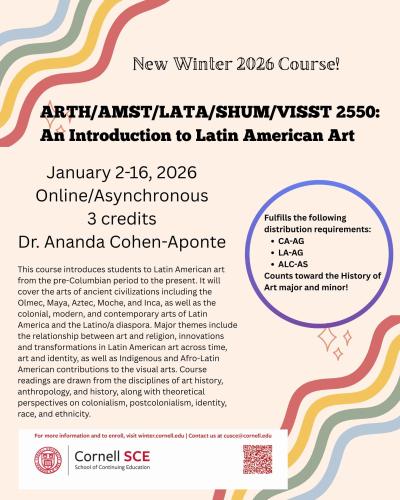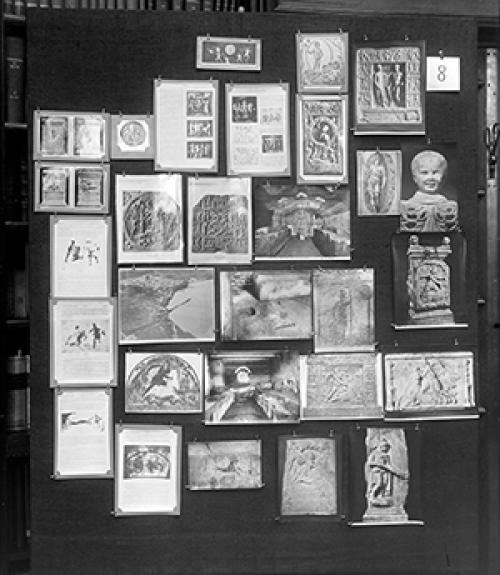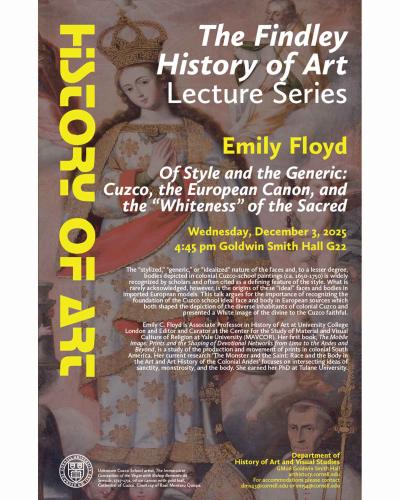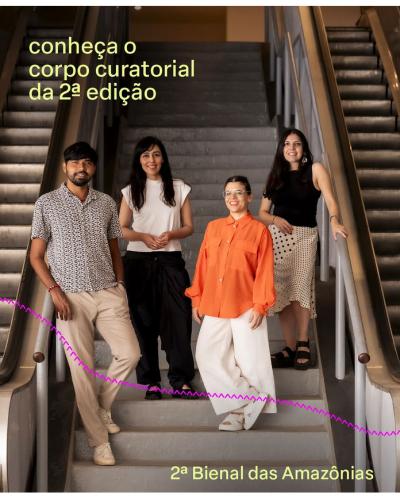
 Department Homepage
The College of Arts & Sciences
Department Homepage
The College of Arts & Sciences
Unfinished ‘map’ of cultural images online
Aby Warburg – whose early 20th-century emphasis on the power of recurrent images was eerily prescient of contemporary thought – died before he could finish his “Mnemosyne Atlas,” consisting of large panels of collages tracing the history of art.



